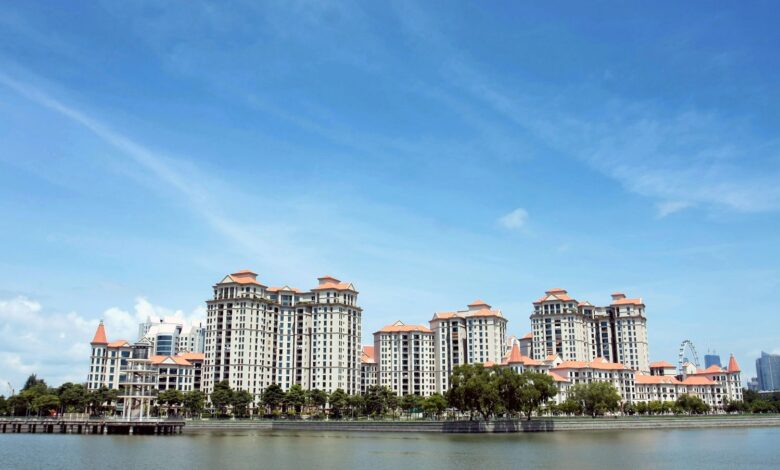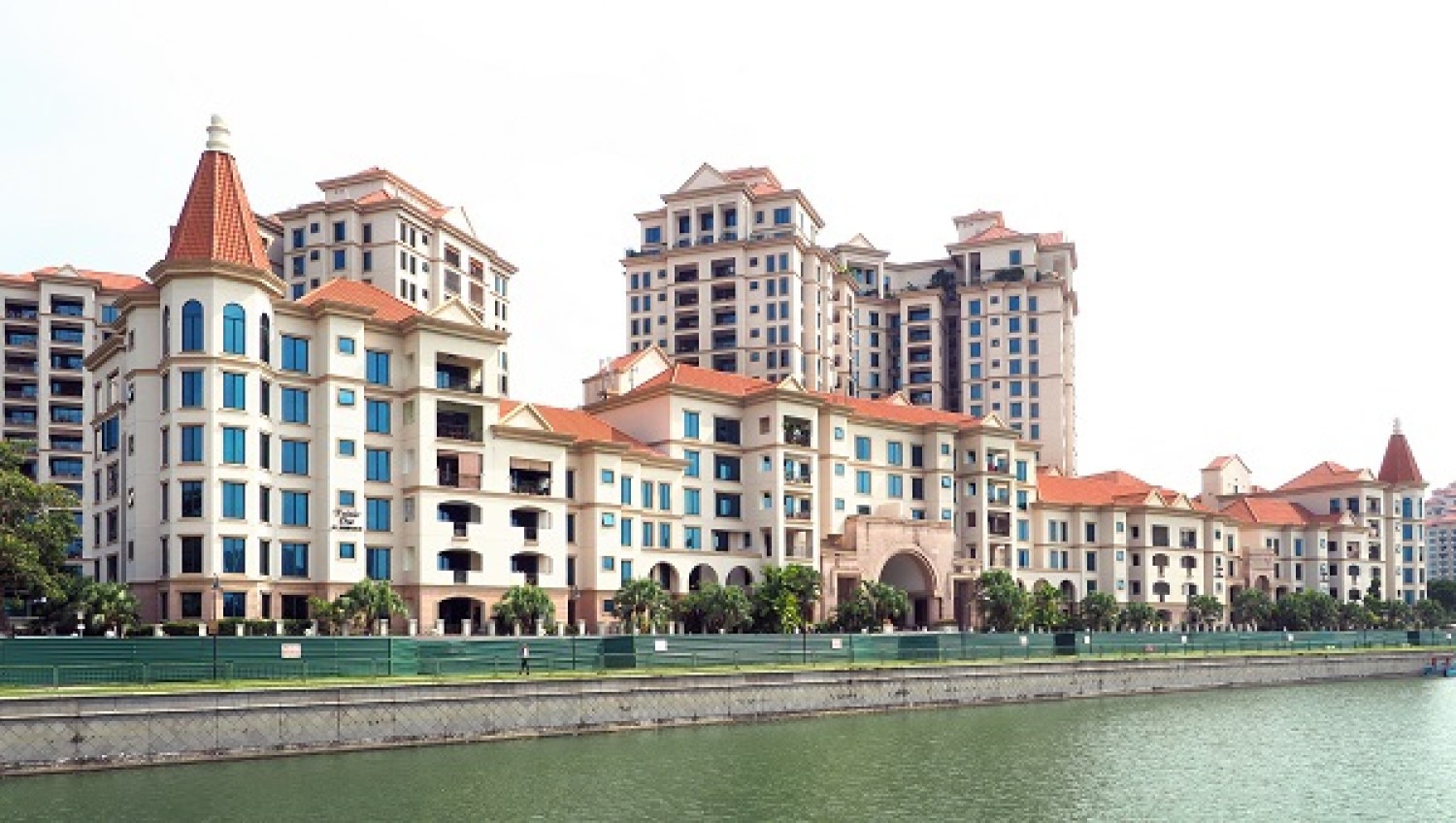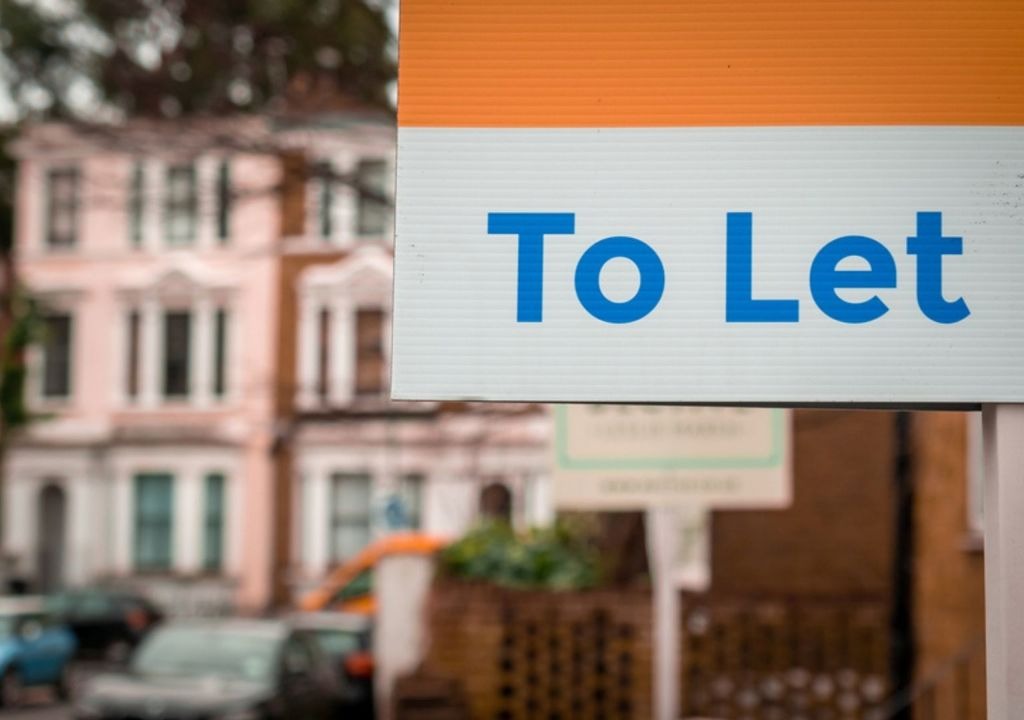How to Compare Condominium Prices Across Different Districts in Singapore for Better Investment Choices

Investors in Singapore’s property market face one recurring question: how to know if a condominium in one district is worth more than another.
The difference between choosing a unit near Orchard, Holland, or Tampines can run into hundreds of thousands of dollars.
To make an informed decision, buyers need to look beyond the asking price and evaluate location, connectivity, rental yield, and long-term growth potential.
The goal is to see not just where the numbers stand today, but also how they are likely to evolve over the next decade.
Why district matters when reviewing condominium prices

Districts in Singapore are not only geographical boundaries but also indicators of prestige, convenience, and growth. Buyers often notice that central districts such as 9, 10, and 11 command a higher price per square foot compared to suburban zones.
What drives the gap is not just proximity to the Central Business District, but also a mix of school networks, lifestyle offerings, and transport links.
Families tend to gravitate toward established districts with reputable schools, while younger professionals may prefer areas where commuting is efficient and nightlife is active.
Looking at property prices through the district lens provides context. A unit priced at $2,000 per square foot in Bukit Timah carries a different weight compared to the same number in Woodlands. Without adjusting for district differences, comparisons lose meaning.
A closer look at location and accessibility
Transport connectivity often defines the daily comfort of residents and the rental appeal for tenants. Condominiums situated within walking distance to MRT stations command stronger demand and, in turn, higher valuations.
Major lines such as the Downtown, Circle, and Thomson-East Coast serve as lifelines that connect the outer regions with central Singapore.
In real estate, location near transit hubs consistently drives both value and rental performance.
When reviewing options, it helps to check not only current MRT access but also upcoming lines. Future connectivity projects have historically pushed up property prices even before completion. Buyers who spot such trends early often gain an advantage.
One example is Skye at Holland. Located in District 10, it sits in a highly connected area with a blend of tranquility and central access.
Investors who focus on this type of development see long-term value because tenants are willing to pay more for convenience. It shows how a well-placed condominium can combine lifestyle appeal with strong rental prospects.
Evaluating lifestyle amenities and family convenience
Price is not shaped only by square footage and location. Districts with a concentration of lifestyle amenities consistently pull higher valuations.
Orchard offers premium shopping and dining, while districts near East Coast bring beachside recreation. Families often weigh access to parks, supermarkets, and healthcare facilities when making purchase decisions.
School networks carry significant influence as well. Properties near well-known schools such as Anglo-Chinese, Raffles Girls, or Nanyang Primary see heightened demand from parents who want proximity for their children.
That demand translates directly into property premiums.
For investors, the smart step is to compare lifestyle advantages against price per square foot. Paying more in a district with rich amenities may bring better long-term returns compared to saving on purchase in a less developed zone.
Understanding rental yield and tenant demand

Rental yield offers a practical way to measure investment potential. Districts near business hubs such as Raffles Place, Marina Bay, or Jurong East attract a steady flow of tenants. Expatriates often prioritize convenience, international schools, and nearby entertainment.
When comparing districts, one should weigh purchase price against achievable rental. For example, a higher-priced condominium in River Valley may still deliver stronger returns if monthly rents are proportionally higher. Conversely, a cheaper property in an outlying district may produce weaker yields if tenant demand is thin.
Spotting upcoming growth districts
Growth districts can reshape the property map over time. Government planning plays a central role in this. Towns such as Punggol and Jurong transformed dramatically once infrastructure and business zones expanded. Investors who identified those shifts early benefited from significant appreciation.
Current development plans include the Greater Southern Waterfront and continued growth in the Jurong Lake District. Condominiums near those zones may look expensive today but can appear undervalued once projects are complete. Investors must learn to match official plans with property choices.
In this context, Penrith serves as a noteworthy example. Properties like this, set in evolving districts with strong redevelopment prospects, offer investors a way to combine present livability with future appreciation. Careful timing and awareness of growth initiatives often separate average returns from outstanding ones.
Comparing price trends with actual transaction data
Relying on headline prices alone can be misleading. The Urban Redevelopment Authority (URA) publishes detailed transaction data, including recent sales across districts.
Savvy investors use that database to track not only price per square foot but also volume of transactions. High activity often signals market confidence.
Analyzing transaction records over several years helps to reveal stability or volatility. For example, some central districts remain steady even during downturns, while newer fringe districts may see sharper swings.
The data can guide buyers toward safer bets or calculated risks, depending on their appetite.
Practical steps for better comparisons

To create a balanced view, investors can follow a structured approach:
- Check price per square foot relative to nearby developments to identify outliers.
- Review MRT accessibility both current and future lines.
- Assess lifestyle amenities including schools, healthcare, and retail hubs.
- Evaluate rental yield using market rates and expatriate demand.
- Study URA data for past transaction trends and price stability.
- Consider government plans that may transform district appeal over time.
By layering these factors, buyers can compare properties across districts more objectively. The goal is to see both present conditions and the likely future trajectory.
Conclusion: balancing price with long-term potential
Comparing condominium prices across Singapore’s districts is more than a search for the lowest number. Each district reflects a unique balance of prestige, accessibility, lifestyle, and growth. Investors who consider all those dimensions can avoid short-sighted choices and focus on properties that combine strong fundamentals with future upside.
Anchoring decisions on thorough comparisons, supported by URA data and awareness of government planning, provides a better chance of securing both steady rental yield and capital appreciation.
Singapore’s property market remains competitive, but informed buyers can still find value across diverse districts.